
Discover expert tips to help your hydrangeas thrive with vibrant colors and abundant blooms
Explore Care Tips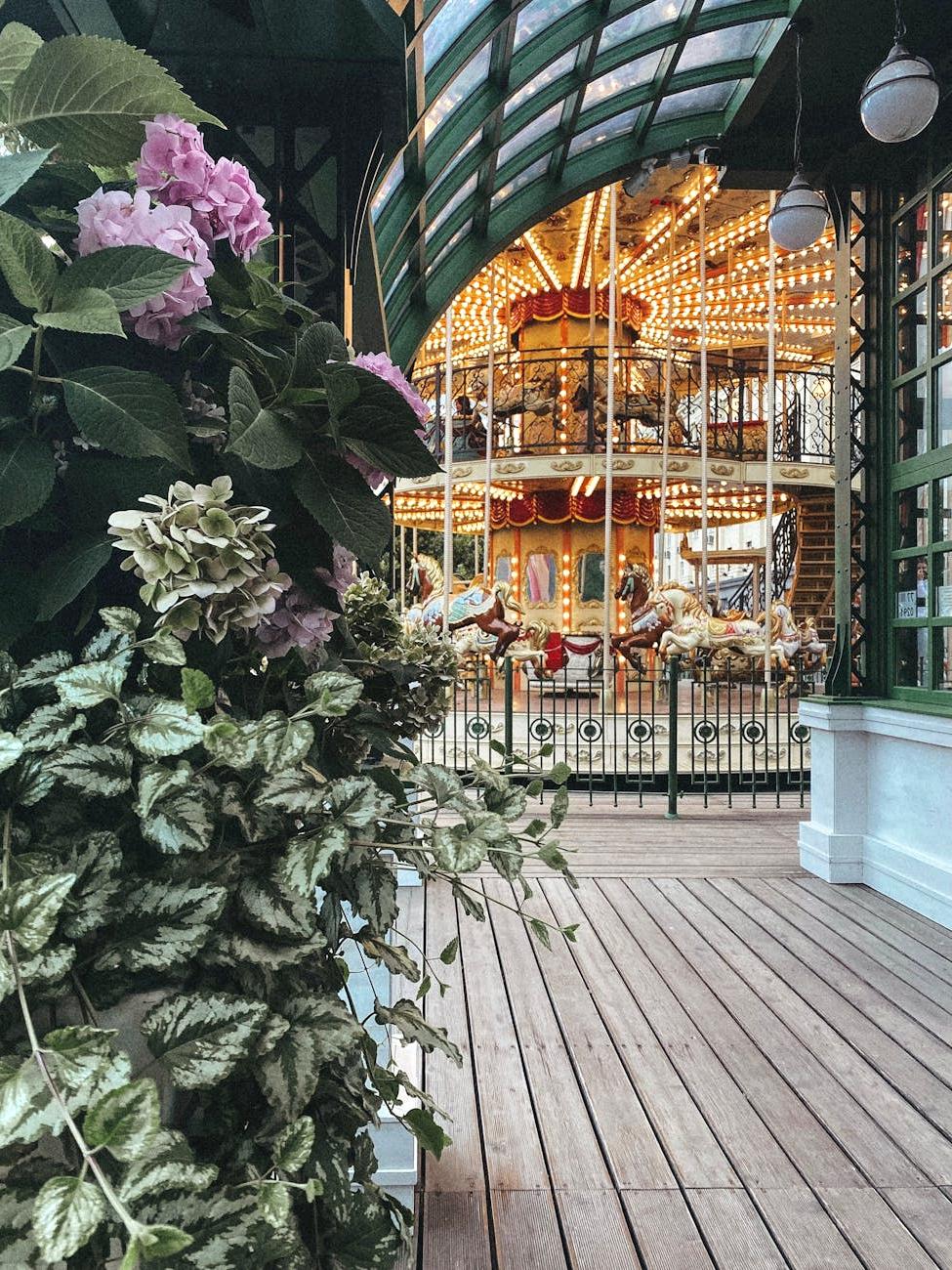
Hydrangeas are among the most versatile flowering shrubs, offering a spectacular display of colors from early summer through fall.
With their large, showy blooms and attractive foliage, hydrangeas can transform any garden into a lush paradise. Whether you prefer the mophead, lacecap, oakleaf, or panicle varieties, these magnificent plants deserve a special spot in your landscape.
Most varieties thrive in partial shade with morning sun
Regular watering, keeping soil consistently moist
Moderate to fast, with full maturity in 3-4 years
Follow these key practices to ensure your hydrangeas flourish year after year

Hydrangeas require consistent moisture but dislike waterlogged soil. Water deeply 2-3 times per week during growing season, focusing at the base. Morning watering is best to prevent fungal issues.
Pro tip: Apply 2-3 inches of mulch to retain moisture
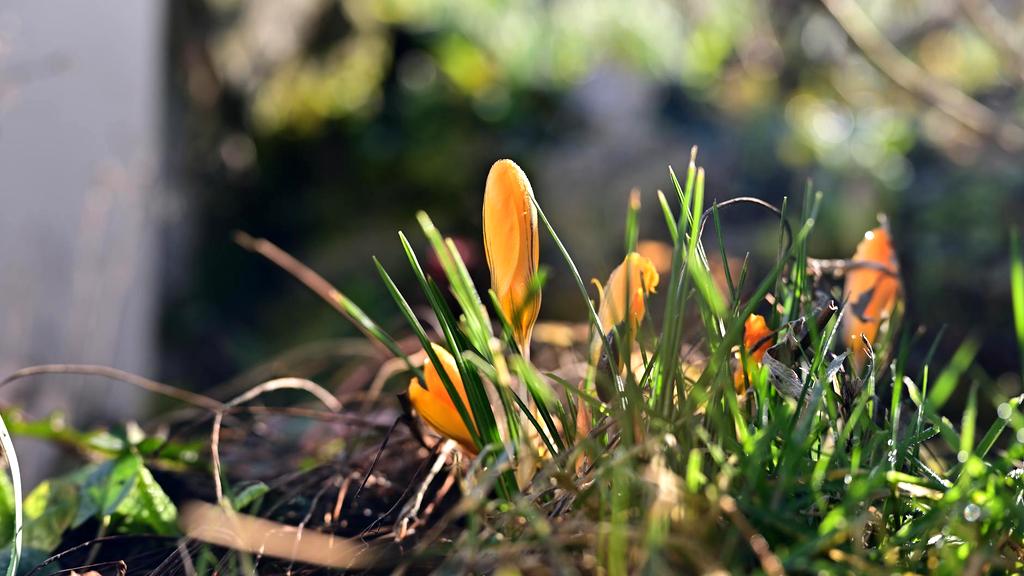
Plant in rich, well-draining soil with high organic matter. Apply a balanced slow-release fertilizer in spring and early summer. For blue blooms, increase soil acidity; for pink, make it more alkaline.
Pro tip: Test soil pH annually to maintain desired bloom color

Pruning time depends on variety. For bigleaf and oakleaf, prune after flowering. For panicle and smooth hydrangeas, prune in late winter. Always remove dead wood and spent flowers.
Pro tip: Never prune bigleaf hydrangeas in spring
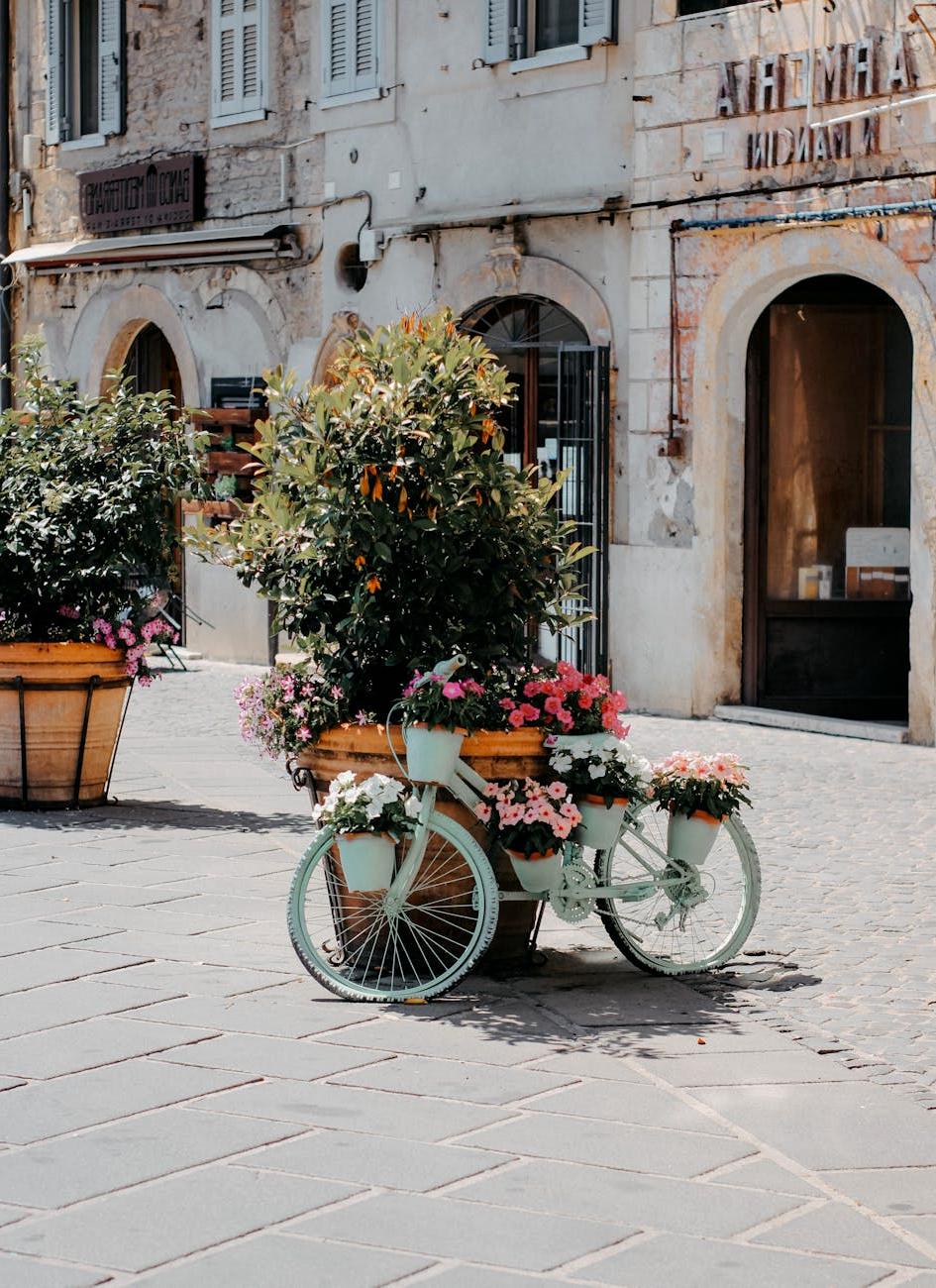
Most hydrangeas prefer morning sun and afternoon shade, especially in hot climates. Too much sun can cause wilting and scorched leaves, while too much shade reduces flowering.
Pro tip: Eastern exposure is ideal for balanced light
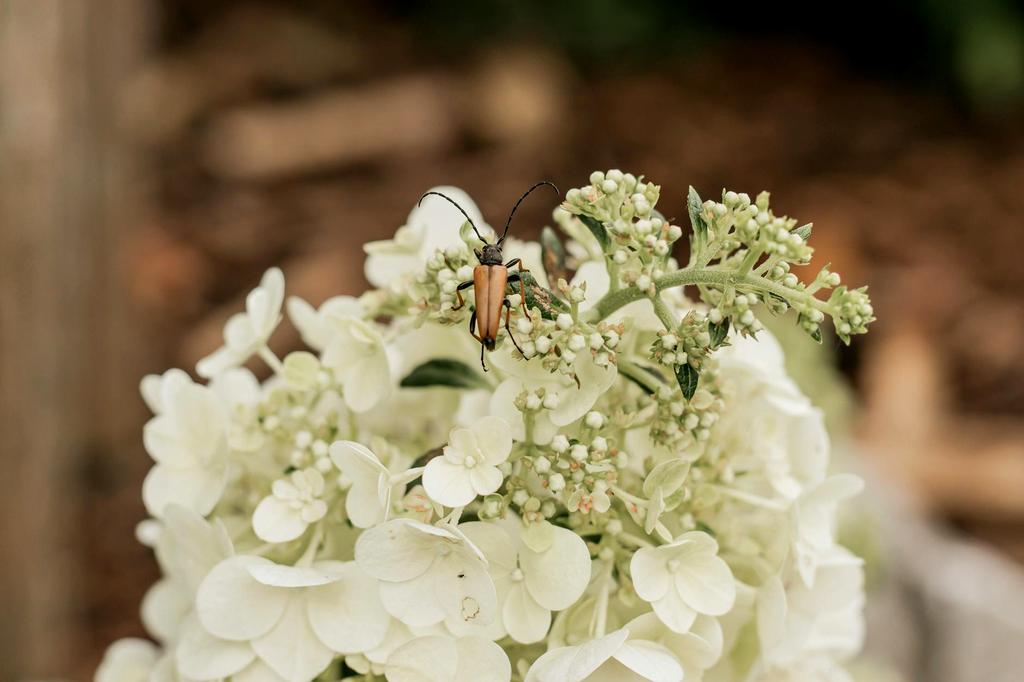
Monitor for common issues like powdery mildew, leaf spot, and aphids. Ensure good air circulation and avoid overhead watering. Treat with neem oil for organic pest control.
Pro tip: Introduce beneficial insects like ladybugs
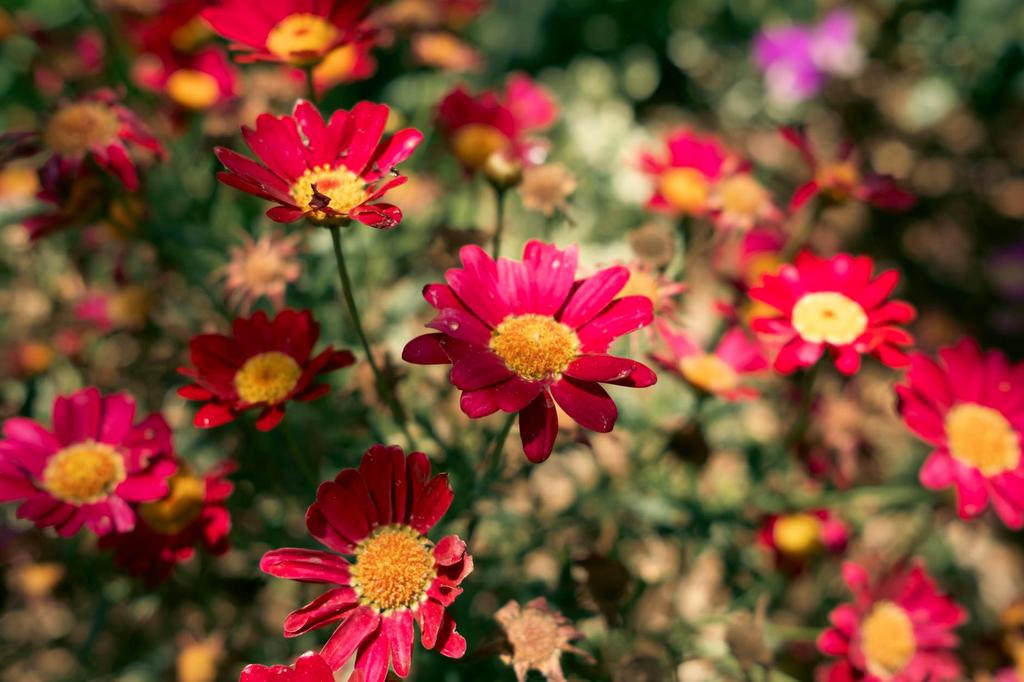
Hydrangeas can be propagated through softwood cuttings in early summer. Take 4-6 inch cuttings from non-flowering shoots, remove lower leaves, dip in rooting hormone, and plant in moist potting mix.
Pro tip: Cover cuttings with plastic to retain humidity
Adapt your care routine throughout the year for optimal results




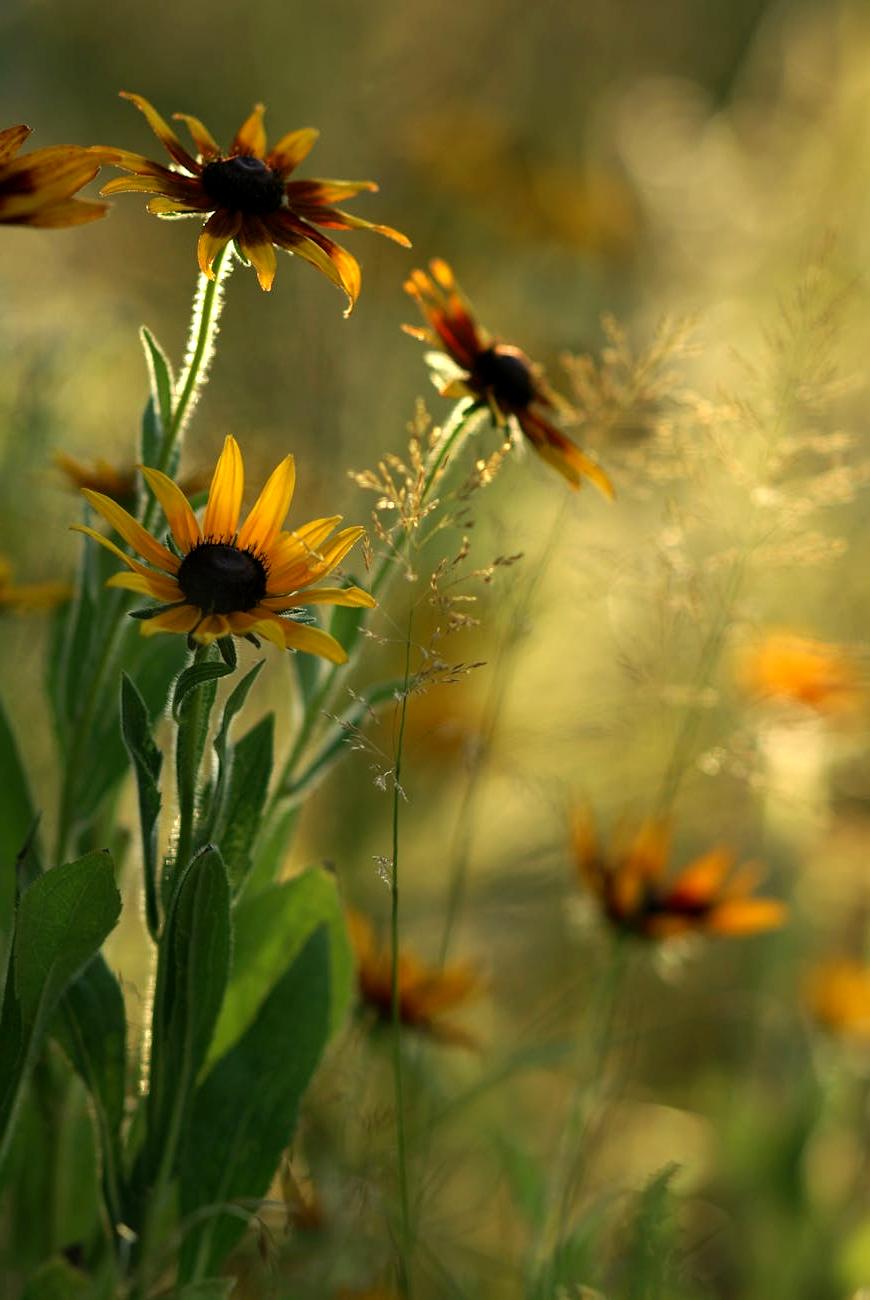
One of the most fascinating aspects of bigleaf hydrangeas is their ability to change color based on soil pH.
Lower the soil pH to 5.2-5.5 by adding aluminum sulfate or garden sulfur. Water thoroughly after application. Apply in spring before blooming season.
Raise the soil pH to 6.0-6.2 by adding garden lime. Apply in autumn for best results. Avoid over-application as it can damage plants.
Aim for a neutral pH around 5.8-6.0, creating the perfect balance for stunning purple blooms that showcase both blue and pink tones.
Explore the stunning diversity of hydrangea varieties
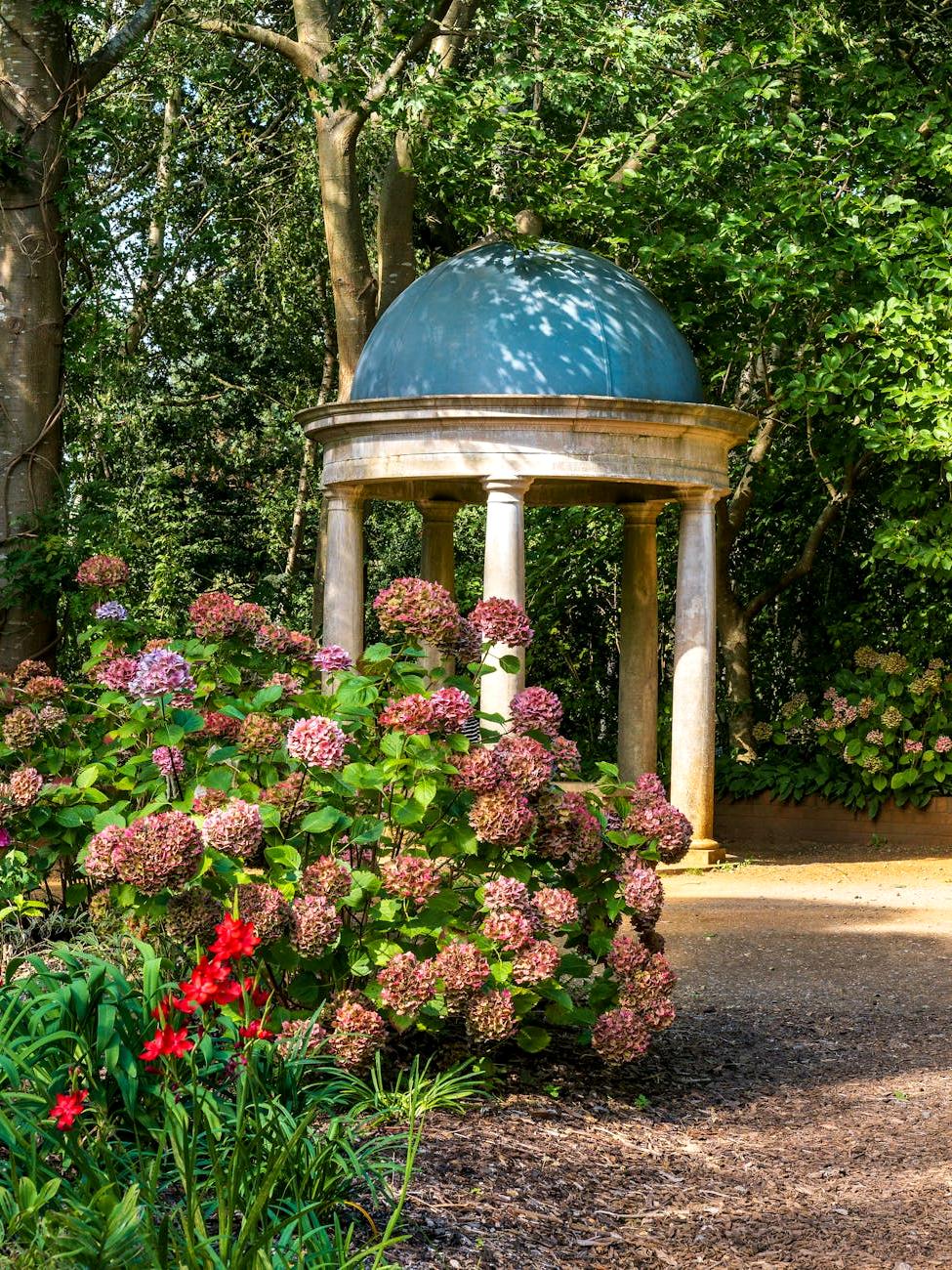
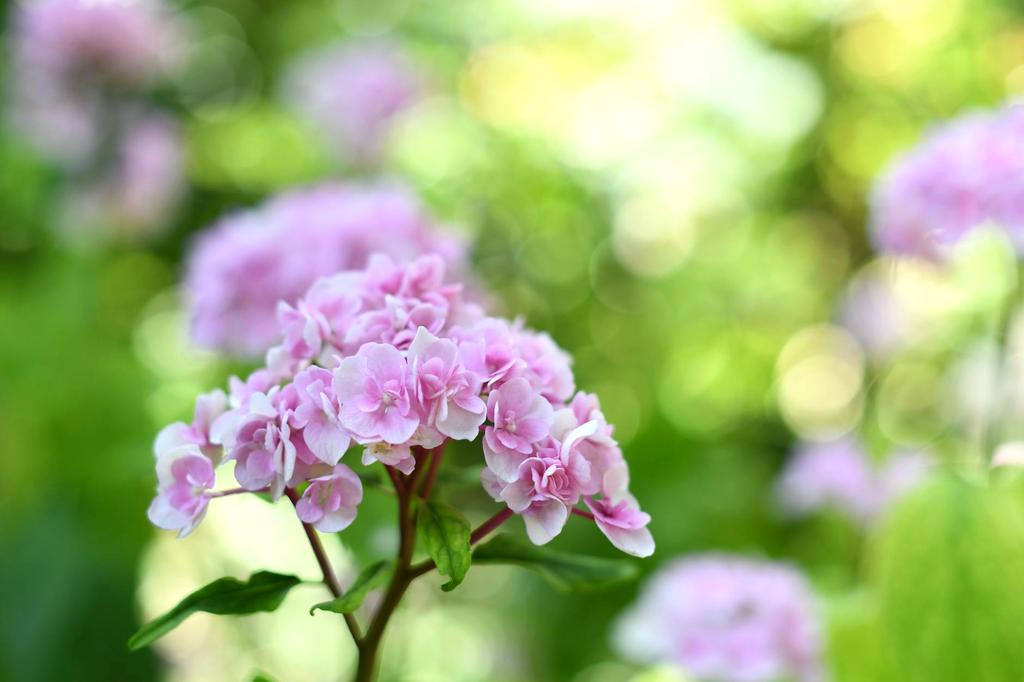

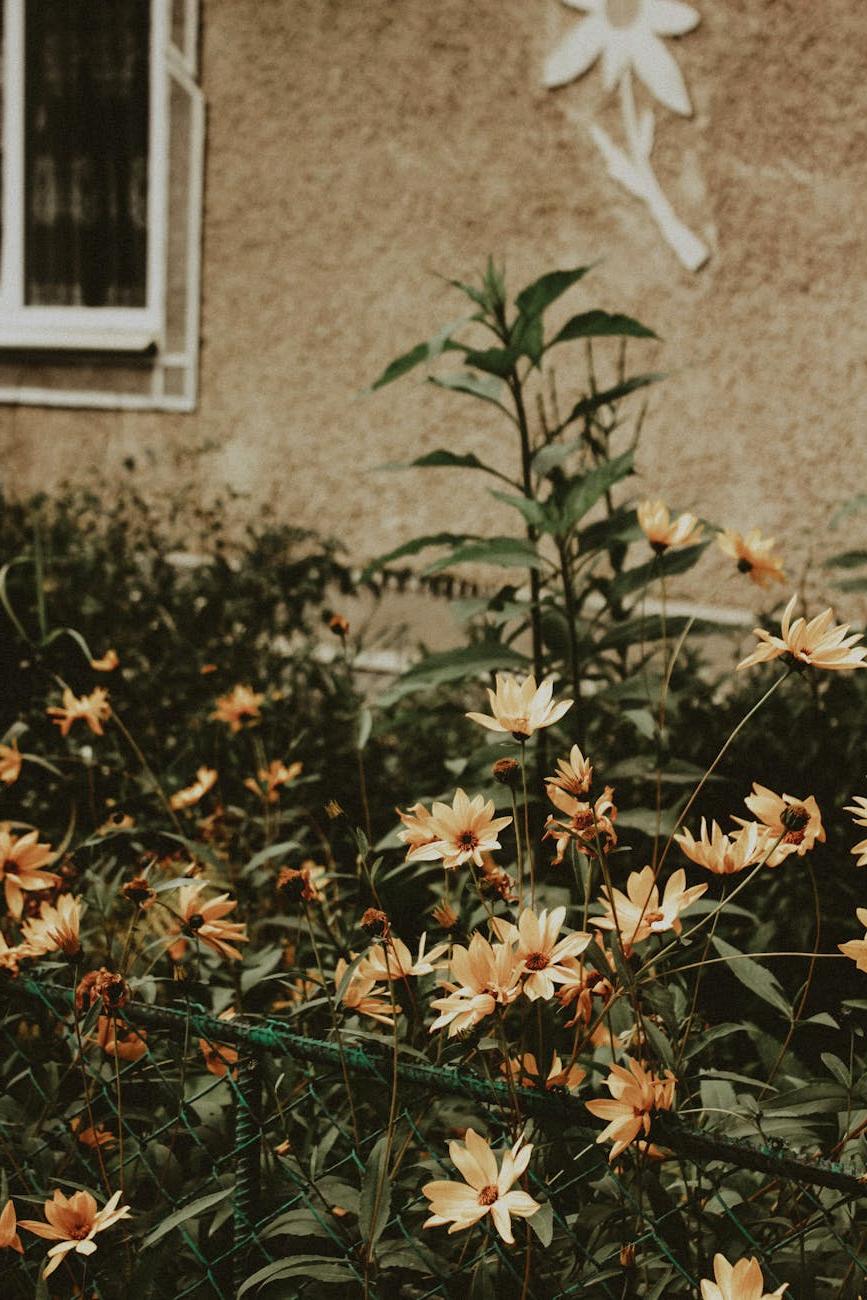


Success stories from fellow hydrangea lovers

Zone 6 Gardener
"Following these care tips transformed my struggling hydrangeas into the showstoppers of my garden. The advice on pruning timing was especially helpful – I was making the classic mistake of pruning my bigleaf hydrangeas in spring!"

Landscape Designer
"As a professional landscaper, I recommend these hydrangea care guidelines to all my clients. The seasonal maintenance calendar is particularly valuable, ensuring these beautiful shrubs look their best year-round. The color-changing techniques are reliable and produce stunning results."

Novice Gardener
"I was intimidated by hydrangeas until I found this guide. The step-by-step instructions gave me confidence, and now my Endless Summer hydrangeas are thriving with the most beautiful blue blooms. The propagation tips were easy to follow, and I've already shared cuttings with friends!"
Quick answers to common hydrangea care questions
Subscribe to our newsletter for expert advice, seasonal reminders, and exclusive content to help your hydrangeas thrive year-round.